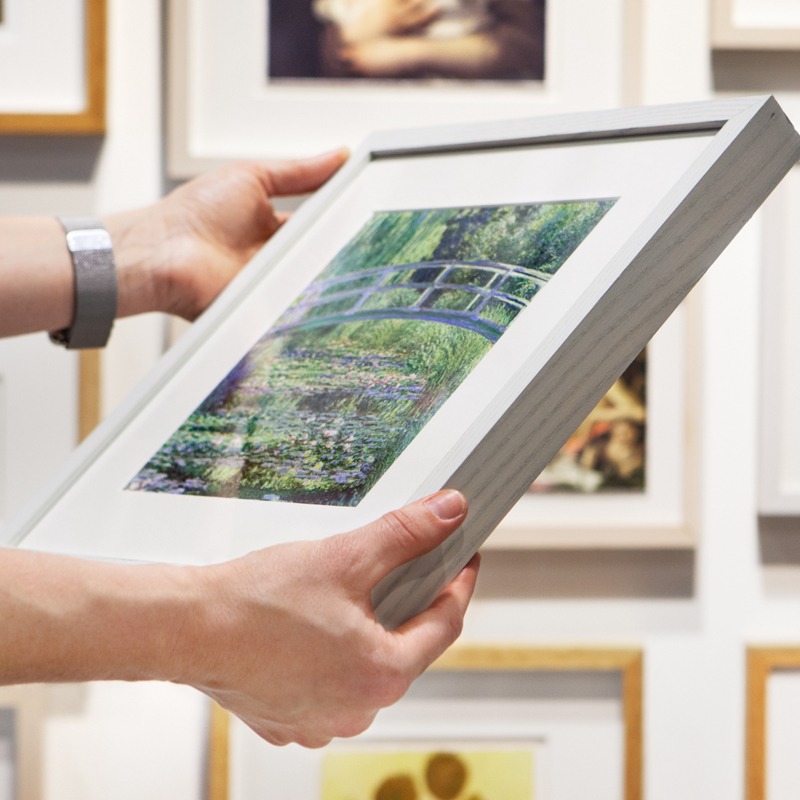Vilhelm Petersen, 'Oetzthal', 1850
About the work
Overview
This small oil sketch of Oetzthal, a mountain valley in the Austrian Alps, was painted by the Danish landscape artist, Vilhelm Petersen, when he was travelling to Italy in the summer of 1850. Close to the Italian border, the area is the site of some of Austria’s highest mountains. We are most likely looking south towards Italy, perhaps from a vantage point near the town of Oetz.
The sketch, which is painted on paper and was subsequently mounted on canvas, was almost certainly made quickly on the spot. In the foreground, Petersen has swiftly indicated the outlines of the nearest mountains and fir trees with pencil and washes of underpaint. He used subtle tones of lavender and a pale blue-grey for the far mountains to create an effect of distance and summer haze. As it is summer, there is only a little snow, which Petersen has painted with thin streaks of brilliant white.
Key facts
Details
- Full title
- Oetzthal
- Artist
- Vilhelm Petersen
- Artist dates
- 1812 - 1880
- Date made
- 1850
- Medium and support
- oil on paper, mounted on canvas
- Dimensions
- 19.7 × 35.7 cm
- Inscription summary
- Inscribed
- Acquisition credit
- Presented by Peter Hecht in memory of Erika Langmuir, 2016
- Inventory number
- NG6662
- Location
- Room 39
- Collection
- Main Collection
- Frame
- 20th-century Replica Frame
Provenance
Additional information
This painting is included in a list of works with incomplete provenance from 1933–1945; for more information see Whereabouts of paintings 1933–1945.
Text extracted from the National Gallery’s Annual Report, ‘The National Gallery: Review of the Year, April 2016 – March 2017’.
Bibliography
-
2017National Gallery, The National Gallery: Review of the Year, April 2016 - March 2017, London 2017
About this record
If you know more about this work or have spotted an error, please contact us. Please note that exhibition histories are listed from 2009 onwards. Bibliographies may not be complete; more comprehensive information is available in the National Gallery Library.

